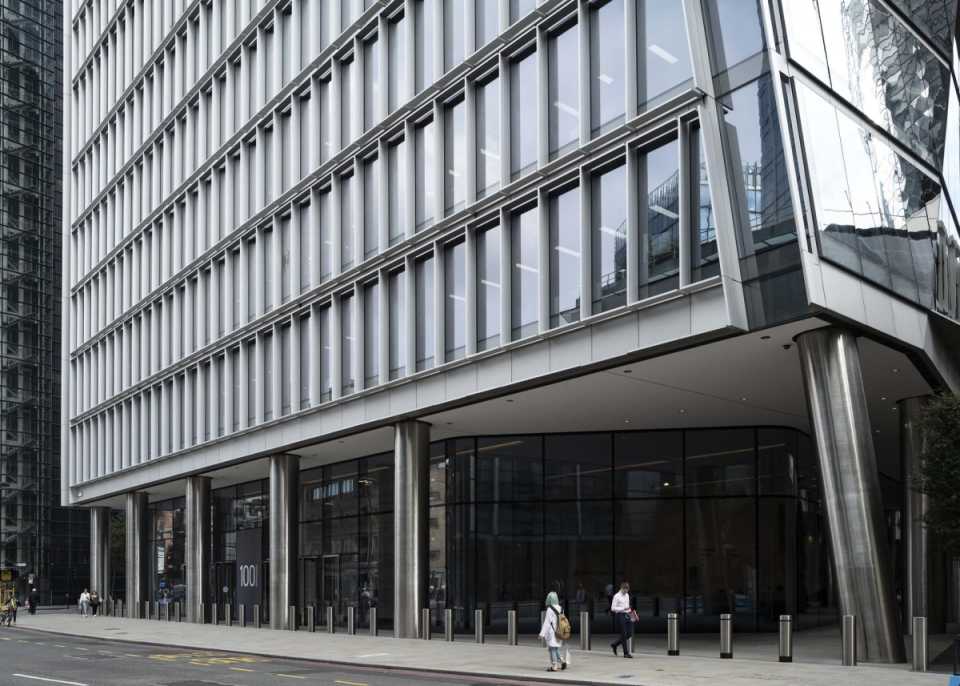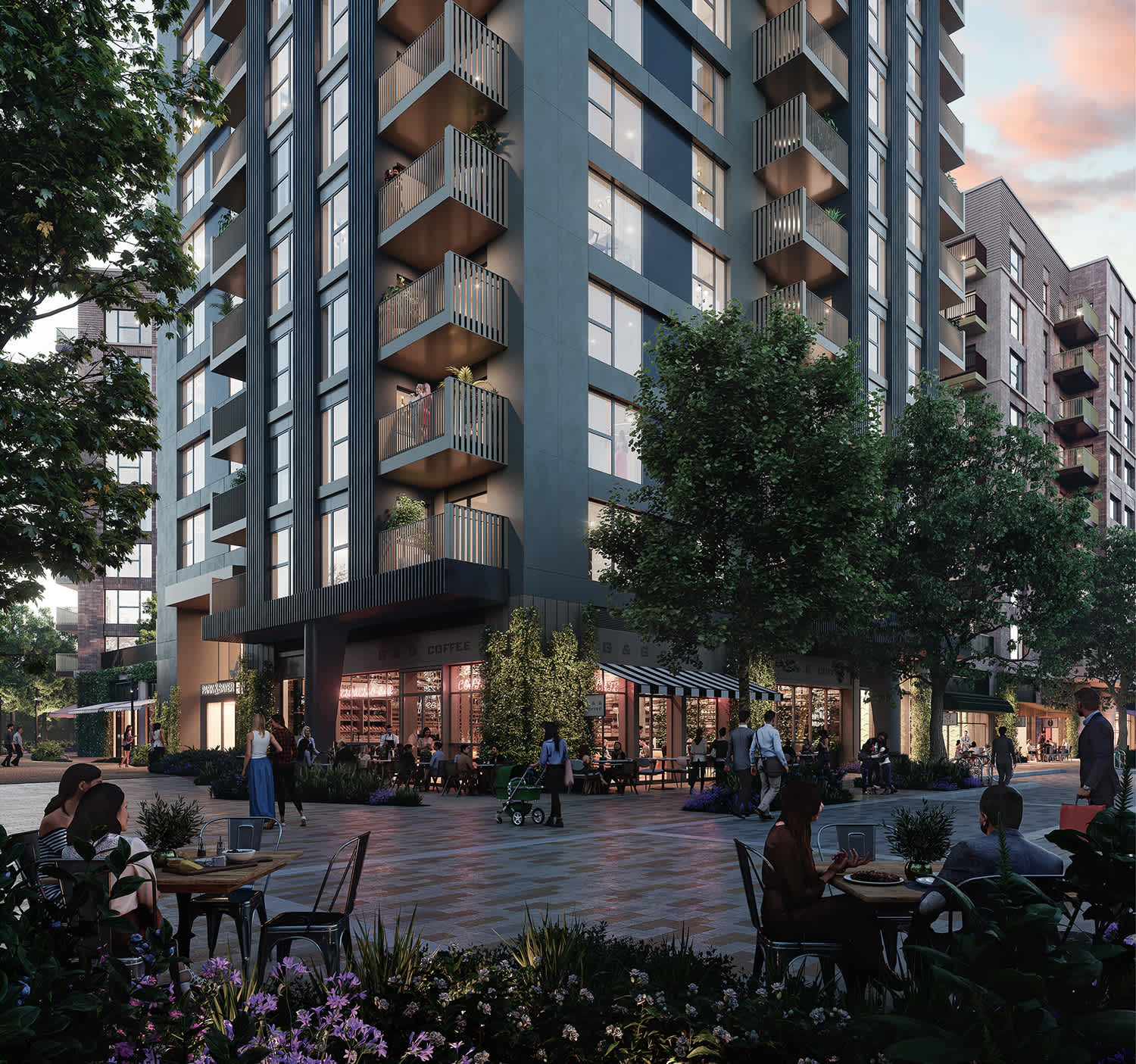Skilled optimisation is an essential architectural service which we should celebrate more, writes Earle Arney
The architectural profession often has a tendency to celebrate concepts more than the craft and value of skilled delivery. The UK’s two-part development process and bifurcated industry reflects this. But why is there this separation between two mutually beneficial skillsets? Isn’t it time more emphasis is placed on design in terms of delivering value, product and – most importantly – what serves clients best?
The pandemic has precipitated a time of rapid change, and with this there are many opportunities to challenge accepted norms in architectural thinking. As an Australian-born Londoner, I relish being an ‘outsider’, and often credit my colonial roots as being a catalyst in bringing new thinking and a fresh perspective to old problems.
Seeing things from a fresh perspective is an approach embedded in our firm. We design and deliver our own buildings, but we also use our dedicated design skill in elevating or ‘optimising’ consents to create value and efficiencies to unlock a scheme's full potential.
At times our firm's approach has felt something of an anomaly because architects rarely talk about design in terms of value, product, or brand. Accordingly, the process of ‘optimising’ a building is little understood, or seen as the sole domain of developers, contractors and value engineers. This seems perverse, especially when you consider that those preparing construction documents have a significant influence on the final cost – and hence the value of a development.
To ‘optimise’ is to make a building as good as it can be – financially, functionally and in terms of buildability. Optimisation can also build upon and enhance the qualities imbued in the concept, whether that is delight, proportion, spatial experience and civic contribution.
To ‘optimise’ means to make a building as good as it can be – financially, functionally and in terms of buildability...Earle Arney, CEO and Founding Director, AFK
Optimisation isn’t ‘code’ for cheapening buildings, but instead a design tool which helps to deliver elevated value for clients. To optimise is to ‘solve the right problems’ – and to enhance and refine a building at the deepest level.
100 Bishopsgate for Brookfield Properties is a recent example of the optimisation of the elegant concept design by our peers, Allies and Morrison, consented in 2008. In my previous firm (Woods Bagot), my team was initially commissioned by Brookfield over a four-month period, in 2010, to audit the consent and propose opportunities to unlock value both externally and internally.

Following this, Woods Bagot (and later, AFK, the firm I founded in 2014) partnered with Allies and Morrison to test and propose significant changes from RIBA Stage C, in response to a new regulatory environment. These included value-engineering the space-hungry double-skin facade, while maintaining the articulation of the building, and revisiting the podium cladding to lend more continuity with the tower element.
The core was also rationalised and reduced in area by 13 per cent, and by engaging with contractor Multiplex, the programming and prefabrication concepts were improved to help ensure swift construction. The overall design review achieved a new Section 73 planning approval in 2012.
The collaborative optimisation exercise enhanced the value proposition for 100 Bishopsgate by releasing an additional Net Lettable Area of 118,258 square feet – a 15 per cent uplift – and an improved Net to Gross efficiency of 5.52 per cent. 100 Bishopsgate might have risen risen out of the ashes of the 2008 recession, and was occupied under the shadow of Covid-19, but a measure of our collective success was it being 98 per cent pre-let prior to completion.
...the collaborative optimisation exercise released an additional Net Lettable Area of 118,258 square feet – a 15 per cent uplift – and an improved Net to Gross efficiency of 5.52 per centEarle Arney, CEO and Founding Director, AFK
The recession that may awaits following the pandemic will present fresh challenges for London and other cities. Now more than ever, buildings must be as efficient and as optimised as possible.
It would be wrong to conclude that such optimisation is only really possible in large multi-storey buildings, or is restricted to a particular type. AFK works across the residential, hotel and retail sectors and has applied similar thinking to projects of a much more modest scale.
Challenging times lie ahead and it is even more important that architects offer clients a holistic service leveraging design and delivery to elevate the Gross Development Value of projects, while enhancing the quality of the cities in which they are located. After all, the rich skill of an architect is giving life to a concept through craftsmanship.
Recognising the architect’s role in optimising buildings would be good for our profession, as well as helping to unlock value for our clients and making our buildings as good as they can be.
The original printed copy of this impassioned call for the industry to celebrate the art of optimsation for its vital role in making buildings as great as they can be originally appeared in Architecture Today and can be read here
Photography: Nick Guttridge


